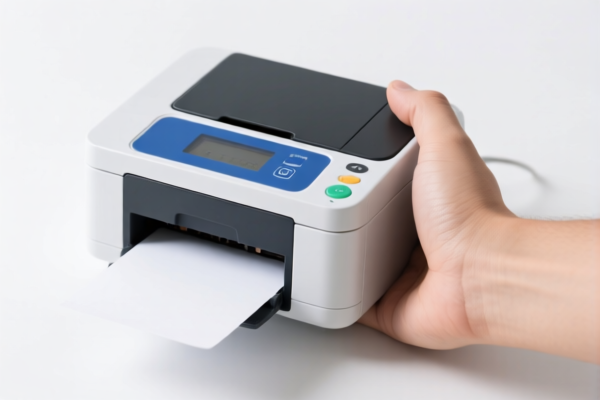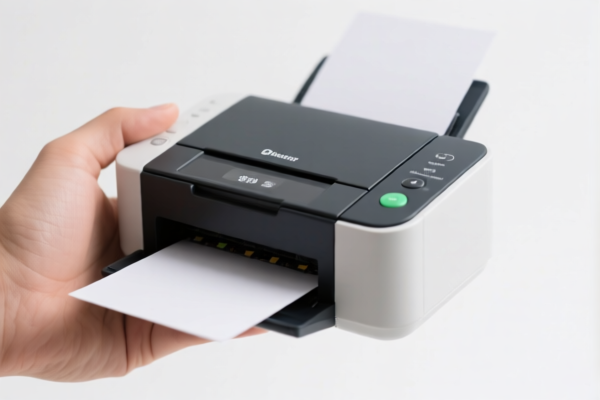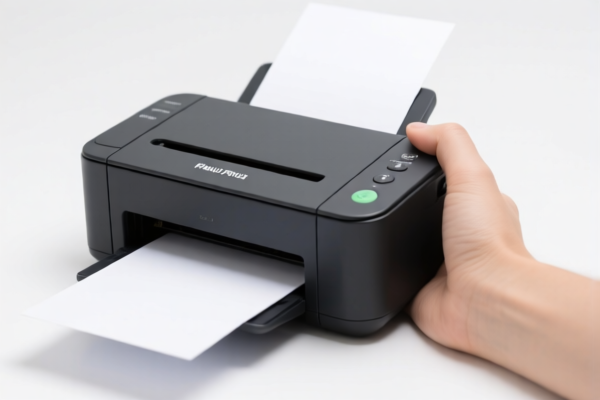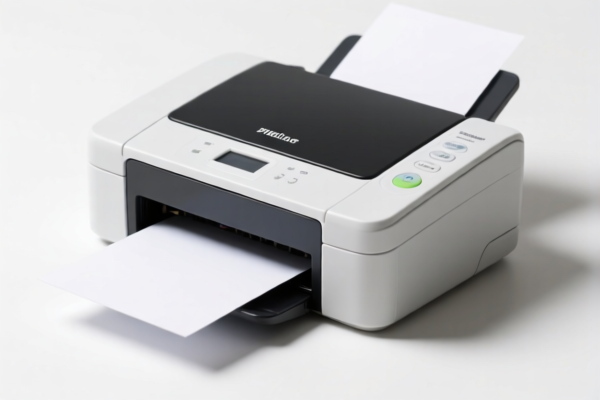| HS Code | Official Doc | Tariff Rate | Origin | Destination | Effective Date |
|---|---|---|---|---|---|
| 8435100000 | Doc | 37.5% | CN | US | 2025-05-12 |
| 8435900000 | Doc | 37.5% | CN | US | 2025-05-12 |
| 8424201000 | Doc | 57.9% | CN | US | 2025-05-12 |
| 7326110000 | Doc | 80.0% | CN | US | 2025-05-12 |
| 7326908688 | Doc | 82.9% | CN | US | 2025-05-12 |
| 8204110030 | Doc | 64.0% | CN | US | 2025-05-12 |
| 8204110060 | Doc | 64.0% | CN | US | 2025-05-12 |
| 8205517500 | Doc | 58.7% | CN | US | 2025-05-12 |
| 8205593080 | Doc | 55.0% | CN | US | 2025-05-12 |
| 8206000000 | Doc | The rate of duty applicable to that article in the set subject t+30.0% | CN | US | 2025-05-12 |




Hand Press
A hand press is a mechanical device used to apply pressure to an object using manual force. It generally consists of a lever and a platen or die, and is employed in a variety of applications requiring controlled compression.
Material:
Hand presses are commonly constructed from cast iron, steel, and sometimes aluminum alloys. The platen or die interface, which directly contacts the object being pressed, is often made of hardened steel to withstand significant force and wear. Earlier models frequently utilized wood for structural components, though this is less common in modern designs.
Purpose:
The primary purpose of a hand press is to exert a controlled and focused force. This force is used for a wide array of operations, including:
- Forming: Shaping materials like metal, clay, or plastic.
- Compacting: Reducing the volume of a substance, such as powders or granules.
- Crimping: Joining two or more components through deformation.
- Punching/Stamping: Creating indentations or cutting shapes in materials.
- Extracting: Removing materials from molds or forms.
- Binding: Securing pages or components together.
Function:
The operation of a hand press relies on mechanical advantage. The lever arm amplifies the force applied by the operator. The fulcrum point of the lever determines the degree of amplification. A longer lever arm results in greater force output but requires more travel distance. The pressure applied is directly related to the surface area of the platen or die.
Usage Scenarios:
- Bookbinding: Used to press pages together to create book spines.
- Jewelry Making: Employed for forming, stamping, and setting stones.
- Metalworking: Utilized for small-scale forming and punching operations.
- Pottery/Ceramics: Used to compact clay or create textured surfaces.
- Laboratory Applications: Employed for pelletizing samples, mounting specimens, or other compression tasks.
- Arts and Crafts: Used in various applications such as letterpress printing, embossing, and fabric pressing.
- Coin/Medal Production: For striking designs onto metal blanks.
Common Types:
- Arbor Press: A type of hand press with a cylindrical ram and a rotating handle. Often used for light-duty pressing and punching.
- Bench Press: A more robust type of hand press typically mounted on a workbench. Capable of applying greater force.
- Floor Press: A large, heavy-duty hand press designed for high-force applications.
- Screw Press: Uses a screw mechanism to apply pressure, offering precise control and consistent force.
- Hydraulic Hand Press: Utilizes hydraulic power to amplify force, providing significantly greater capacity than purely mechanical presses.
- Letterpress Printing Press: Specialized hand presses designed for transferring ink to paper using raised surfaces.
Hand presses fall under machinery used in the manufacture of wine, cider, fruit juices or similar beverages. The following HS codes are relevant:
-
8435100000: This HS code covers presses, crushers and similar machinery used in the manufacture of wine, cider, fruit juices or similar beverages; parts thereof: Machinery. This is a broad category encompassing the hand press itself if it's specifically designed for these beverage production processes.
- 84: Chapter 84 relates to Nuclear reactors, boilers, machinery and mechanical appliances; parts thereof.
- 35: Heading 8435 specifically covers machinery for the manufacture of wine, cider, fruit juices or similar beverages.
- 100000: This further specifies machinery within that heading.
-
8435900000: This HS code covers presses, crushers and similar machinery used in the manufacture of wine, cider, fruit juices or similar beverages; parts thereof: Parts. If the hand press is being imported as a component or replacement part, this code applies.
- 84: Chapter 84 relates to Nuclear reactors, boilers, machinery and mechanical appliances; parts thereof.
- 35: Heading 8435 specifically covers machinery for the manufacture of wine, cider, fruit juices or similar beverages.
- 900000: This further specifies parts within that heading.
Regarding HS codes 8435100000 and 8435900000, the applicable tax rate is a base tariff of 0.0%, a surcharge of 7.5%, and a surcharge of 30.0% after April 2, 2025, resulting in a total tariff of 37.5%.
Customer Reviews
No reviews yet.